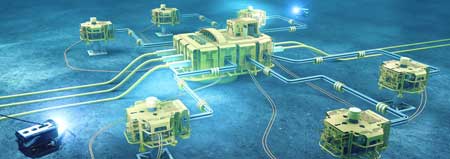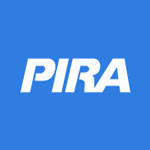 U.S. Commercial Stocks Slightly Decline
U.S. Commercial Stocks Slightly Decline
Overall commercial inventories declined this past week with the entire decrease due to a decline in crude stocks. The crude stock decline was much smaller than expected, about equally caused by both higher-than-forecast crude imports and the balancing item. The latter could have been related to EIA re-benchmarking. The year-on-year stock surplus did narrow by 3.4 million barrels to 113.5 million barrels (or 9.1%).
Exports Expected to top 4.5 BCF/D in 2017
Since 2014, Mexican energy policy reforms, coupled with low oil prices, have accelerated the nation’s dependency on U.S. gas exports. Indeed, net shipments to Mexico remain upward trending, with June flows projected to average ~3.7 BCF/D, an increase of ~0.7 BCF/D versus the prior year. Equally striking is our expectation for 2017, which should see exports average ~4.5 BCF/D and yield a year-on-year gain of ~0.9 BCF/D. Notably, the upgrading and development of new critical infrastructure, including gas pipelines, electric generation and transmission capacity, are anticipated to significantly shape cross-border flows in 2017, providing a rich environment for gas demand.
Italy: Nord Prices Trade a Huge Discount versus PUN
Italian day-ahead prices have been generally firmer during June, but day ahead prices in the Northern regions have been settling at a significant discount relative to the PUN, coming closer to the other Continental markets. While Italy has switched to a net exporting position to Slovenia, flows from the other Continental markets, most notably France, remain generally resilient.
Gas Prices Lead Coal Higher
U.S. coal pricing has seen a modest lift from the recent move in natural gas forwards. Coal market balances, however, will require a bit more time to readjust (i.e. trim elevated stock levels). PIRA still sees U.S. coal markets realigning over the course of the next seven to nine months even current forces remain on track.
EUAs Correlated with Fuels, EU ETS Reform Talks Continue
A continued closer relationship between EUAs and thermal fuels could limit downside price movements. However, we still expect EUA prices to decline over the next few months in line with summer natural gas prices, bearish fundamentals, and a lack of policy support as talks on post-2020 ETS reforms continue. A small gain should come starting in August, when auction volumes are lower than in other months. Longer term, a positive Brexit vote could have implications for the ETS.
Fed Projections Suggest Interest Rates Will Stay Lower for Longer
At this week’s policy meeting, the Fed stayed put, as widely expected. Its updated macro forecast also did not surprise, showing little changes from the previous version three months ago. Projections on the future policy rate from meeting participants, however, contained noteworthy developments — in short, their estimate of the neutral interest rate has gone through significant changes, suggesting that rates will likely stay lower for longer in the future. The British referendum about whether to remain in the European Union will take place June 23, with the result expected by the next morning. The outcome of the vote has the potential to create uncertainties on several different levels.
U.S. LPG Prices Outperform
Improving fundamentals, namely tightening propane inventories, helped U.S. LPG prices improve last week. Mt Belvieu propane easily outperformed broader energy markets by logging a 1.5% gain, bringing C3’s value to 45% of WTI. Gulf Coast butane prices also rose 1.2%. Meanwhile ethane prices plunged 10% to 22¢/gal, perhaps as markets digest the large 3+ million barrel improvement in inventories reported for end March.
U.S. Prices and Margins Soar
The week ending June 10, U.S. prices reached the highest level since December 2014. Manufacturing margins were the strongest in over a year.
All Eyes on Corn
2015/16 export sales/shipments in corn have now surpassed last year’s pace by 2%, a remarkable achievement considering the lag for most of the year. Ethanol production set a weekly high for the previous week while Funds turned seller’s midweek after an early week buying spree.
Japan Runs Rise, Inventories Draw
Crude runs rose a bit on the week due to a restarting of units down previously for unplanned maintenance. Crude imports declined sufficiently to draw crude stocks 1 MMBbls. Finished product stocks drew a similar amount. There were modest builds in gasoline and gasoil stocks, and a more moderate build in jet-kero. Naphtha and fuel oil stocks drew moderately and were more than offsetting. Refining margins had improved a bit, but have continued to soften as June unfolds.
Structural Tightness Raises the Floor for Gas Prices
Despite Thursday’s slightly higher-than-expected storage release of 69 BCF, the general momentum in structural tightness appears to be adequate to safeguard the ~15% rally in natural gas prices this month. To be sure, sequential domestic production losses and early cooling demand have raised the floor for the prompt futures contract as well as cash prices.
Financial Stress Builds
Most key indexes fell on a weekly average basis as stress grew due to concerns over the possibility of the United Kingdom leaving the European Union. The S&P 500, US High-Yield Corporate Bond, Russell 2000, and Emerging Market Bond indexes were all lower, while VIX rose substantially. The dollar was mostly stronger, while commodities were mixed. Short- and long-term bond yields in a host of major countries fell. The Cleveland Fed released their inflation expectations for the month, which showed decreases in all the major maturities.
Production Reaches a Record High the Week Ending June 10
Stocks rise for the first time in six weeks. Ethanol demand in blended gasoline remains strong.
Weather Volatility Increases
After a strong close Friday, which saw notable volume of 5K December ’16 corn contracts in the last five minutes and 3K more during the post-close, weekend weather forecasts literally had something for both bulls and bears. Consensus continues to point to hot temperatures, but precipitation forecasts were drier, wetter, and then drier again, and finally wetter, pushing markets lower Sunday evening.
Iraq Oil Monitor, 2Q16
The oil dispute between Baghdad and the KRG resurfaced in March, resulting in the suspension of 150 MB/D from NOC-controlled fields to the Kurdish pipeline. We believe a $5.4 billion IMF package will facilitate an agreement by 2017. Government requests for spending cuts are delaying development plans at large southern fields. Investment reductions and infrastructure constraints underpin our belief that capacity growth will be limited. We also see risks that additional government forces will be diverted north to combat ISIS, leaving more of a security vacuum in Basra.
Lagging LNG Flows Support Prices amid Dutch Output Weakness and Temporary Outsized Impact of Disrupted Norwegian Volumes
After 14 straight months of increases highlighting a new and more aggressive marketing strategy, Norway’s first year-on-year export decrease in June (down 27-mmcm/d) is largely being driven by unplanned outages (Kvitebjorn), not any notion of a change in the new way the gas is being marketed. All of the year-on-year cuts are coming from flows to the Continent instead of to the U.K., where a price premium makes it the last place a marketer wants to cut. Flows to Germany tested a five-year low in early June, but they appear to be on the rebound in the past week. Put in proper perspective, the loss of Kvitebjorn flows are not going to change the trajectory of the market on a fundamentals basis, but do justify short-term price support amid other lingering issues affecting supply.
Global Equities Decline on Heightened Brexit Fears
Global equities were broadly lower on the week. The U.S. market was down 1.7%, with banking and technology posting the sharpest losses. Energy was down about 1%, but outperformed. Internationally, all the tracking indices were lower, with World, ex-US, being the weakest. Europe also posted greater-than-average declines.
Venezuela: Risks Rising, But No Change to PIRA Reference Case
PIRA estimates delinquent payments to service companies have reduced Venezuelan crude production to 2-2.15 MMB/D in May and June, from 2.3 MMB/D in 1Q16. Our Reference Case assumes these issues will be gradually resolved by the end of the year. Recent reports on agreements with Schlumberger and China are marginally encouraging. Higher oil prices may also help. However, worsening economic conditions present more risk to our 2017 forecast, where we have output averaging 2.2 MMB/D. Venezuelan debts are even higher next year, which will leave the government facing increasingly difficult choices between debt payments, oil sector spending, funding for social programs, and imports of consumer products. This raises the risk of social and political unrest, which have the potential to disrupt oil operations. We are watching events closely, as more payments come due and protests worsen.
Domestic Gas Producers in Romania Could Be Challenged by Imports
Romanian Regulatory Authority for Energy (ANRE) president Niculae Havrilet said that the local gas industry might incur some losses due to price liberalization. According to the price liberalization calendar, natural gas prices should increase by 10% on July 1; the suppliers of households will have to make a pool at the lowest price, and with cheaper imports, they will incur losses because of costs of building up stocks. The gas pool for households includes quotas of the current domestic production, stored gas, and imports. As the ANRE sets these quotas to obtain the minimum end price, the president urged for the continuing of the liberalization process. “The end price of gas will definitely not increase by 10%,” he stated.
Nigeria Devaluation Will Lower Oil Production Costs
The recent announcement from the Nigerian Central Bank to devalue the naira could result in lower costs for operators in Nigeria. The Central Bank had previously pegged the naira at around 200 to the U.S. dollar. Several sources estimate the market value of the naira to be around 300 to the U.S. dollar. Assuming a 300 exchange rate and an increase in inflation as a result of the devaluation (from the current rate of 14% to around 22%), costs to produce existing oil supplies and to develop new ones (denominated in U.S. dollars) could be reduced by around 14%. However, the reduction in costs will be a function of how the exchange rate and inflation develop over time.
Despite Weaker Oil Market, Coal Prices Continue to Gain
Coal pricing surged last week, continuing the market rally that has been occurring essentially since February. API#2 (Northwest Europe) and API#4 (South Africa) increased by the largest extent, while gains for FOB Newcastle (Australia) prices were less pronounced. While a recovering oil market has been the primary factor in the surge in pricing for most for the year-to-date, the oil market lost ground last week, with the coal market gaining ground for other reasons. It will be difficult for the coal market to hold on to these gains, unless the oil market continues its upward trajectory, as Atlantic Basin coal fundamentals are on shaky ground.
Asian Refiners Shift Yields to Cope with Strong Gasoline Demand
Asia-Pacific’s oil demand remained robust in 1Q16, with an increase of 1.12 MMB/D year-on-year. China and India contributed almost the entire growth, driven by gasoline and LPG. Asian refiners responded to higher gasoline demand by shifting their yields from gasoil/diesel to gasoline. While there will likely be a temporary shift back to gasoil now because of its recent relative price strength, refiners will soon return to emphasizing gasoline because of relatively strong demand.
Stabilizing Hydro, Destabilizing Finances Threaten Brazil LNG outlook
Long a staple player among counter-seasonal buyers, Brazil’s role as a key 2Q/3Q buyer of LNG is coming under question, as it recovers from a severe years-long drought. YTD LNG import levels through May are down by 40%, or the equivalent of some 20 cargos (11-mmcm/d through May), as the hydro reservoir levels in Brazil show a significant improvement over last year.
Asian Demand Update: Acceleration in Growth Continues
PIRA's latest update of Asian product demand again shows improved growth due to further gains in Chinese demand. This acceleration in Chinese growth was pointed out in our "Spotlight" piece issued June 8th titled "Soaring China Crude Imports Driving Strong Apparent Demand." The latest year-on-year Asian demand growth is now 1.35 MMB/D, with China apparent demand up 1.1 MMB/D. This marks the fourth monthly improvement in Asian demand growth. The low point was in our February assessment, when growth had only been about 0.3 MMB/D. That steady improvement suggests that low prices earlier in the year, have in fact stimulated growth, while economic performance in Asia appears to be improving.
The information above is part of PIRA Energy Group's weekly Energy Market Recap - which alerts readers to PIRA’s current analysis of energy markets around the world as well as the key economic and political factors driving those markets


 U.S. Commercial Stocks Slightly Decline
U.S. Commercial Stocks Slightly Decline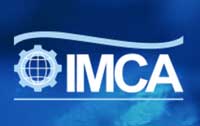 The
The 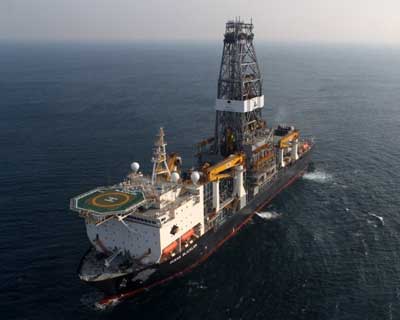 Diamond Offshore’s Ocean BlackLion. Photo courtesy: Diamond Offshore
Diamond Offshore’s Ocean BlackLion. Photo courtesy: Diamond Offshore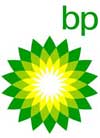 BP Egypt announced on June 9, another important gas discovery in the Baltim South Development Lease in the East Nile Delta.
BP Egypt announced on June 9, another important gas discovery in the Baltim South Development Lease in the East Nile Delta.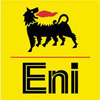 BP
BP In recent years, Liquefied Natural Gas (LNG) has become integral to meeting global energy demand. However, as the oil & gas industry continues to navigate the prolonged downturn, capital intensive export LNG projects have been in the spot light due to questionable economic viability. A key driver is oversupply in the global LNG market – spot prices are expected to remain low in the near-term (Henry Hub averaged $1.92MMBtu in May 2016 a 58% decline from May 2014). This gloomy scenario presents limited economic incentives for companies to commit to capital intensive projects in a period plagued with budget austerity.
In recent years, Liquefied Natural Gas (LNG) has become integral to meeting global energy demand. However, as the oil & gas industry continues to navigate the prolonged downturn, capital intensive export LNG projects have been in the spot light due to questionable economic viability. A key driver is oversupply in the global LNG market – spot prices are expected to remain low in the near-term (Henry Hub averaged $1.92MMBtu in May 2016 a 58% decline from May 2014). This gloomy scenario presents limited economic incentives for companies to commit to capital intensive projects in a period plagued with budget austerity.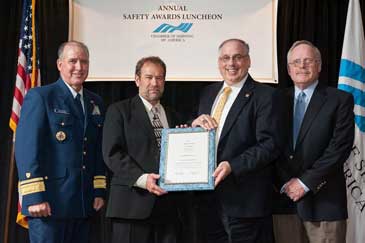 Capt. Seven Gilkey, master, USNS Invincible and T-AGOS / T-AGM Port Captain and Program Manager, Capt. Jonathan "JC" Christian, accepting the awards on Crowley's behalf.
Capt. Seven Gilkey, master, USNS Invincible and T-AGOS / T-AGM Port Captain and Program Manager, Capt. Jonathan "JC" Christian, accepting the awards on Crowley's behalf.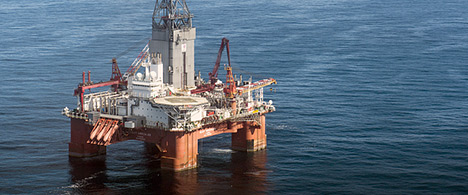
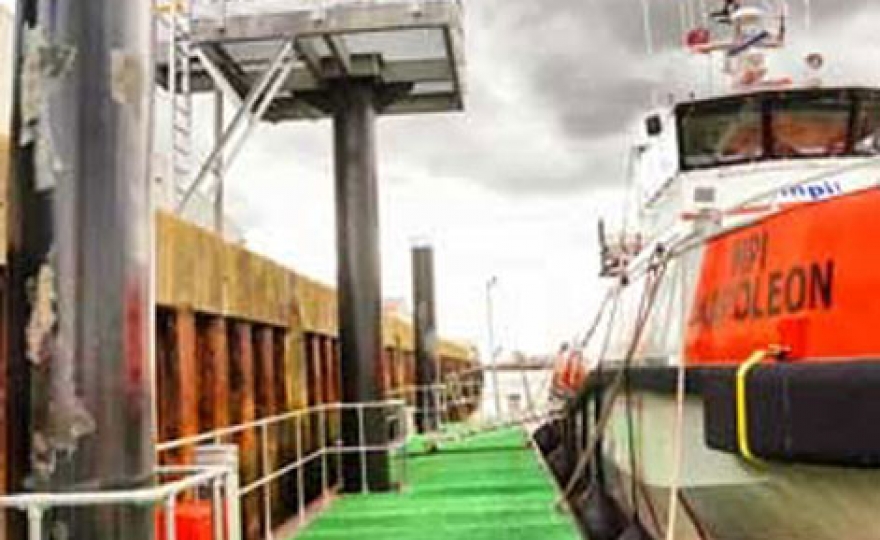
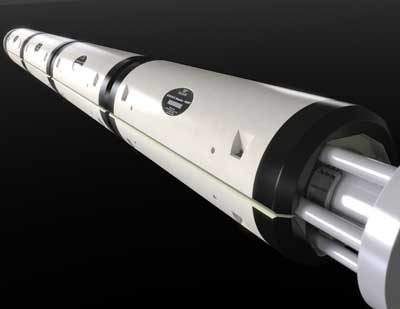 Photo courtesy: Trelleborg
Photo courtesy: Trelleborg Joseph Levy
Joseph Levy Johan Wramsby
Johan Wramsby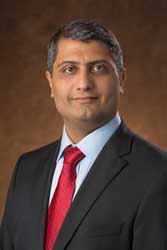 Arash Hassanian
Arash Hassanian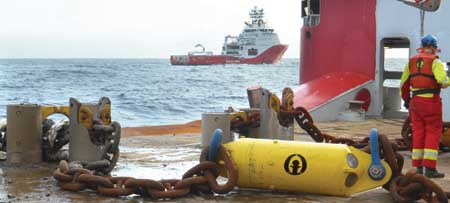 Delmar Systems, Inc.
Delmar Systems, Inc.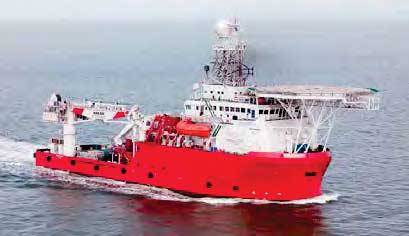 Photo courtesy: Mermaid Maritime
Photo courtesy: Mermaid Maritime Kjell Eriksson, Regional Manager – Norway, DNV GL Oil & Gas
Kjell Eriksson, Regional Manager – Norway, DNV GL Oil & Gas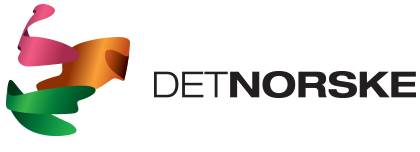 Det norske oljeselskap ASA
Det norske oljeselskap ASA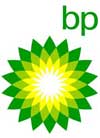 “We are proud to announce this merger to create Aker BP, the leading independent offshore E&P company. Aker BP will leverage on Det norske’s efficient operations, BP’s International Oil Company capabilities and Aker’s 175 years of industrial experience. Together, we are establishing a strong platform for creating value for our shareholders through our unique industrial capabilities, a world-class asset base and financial robustness. We look forward to taking advantage of the attractive growth potential on the Norwegian Continental Shelf through this industrial partnership with BP and to deliver on Aker BP’s dividend story,” says Øyvind Eriksen, Chairman of the Board of Directors in Det norske.
“We are proud to announce this merger to create Aker BP, the leading independent offshore E&P company. Aker BP will leverage on Det norske’s efficient operations, BP’s International Oil Company capabilities and Aker’s 175 years of industrial experience. Together, we are establishing a strong platform for creating value for our shareholders through our unique industrial capabilities, a world-class asset base and financial robustness. We look forward to taking advantage of the attractive growth potential on the Norwegian Continental Shelf through this industrial partnership with BP and to deliver on Aker BP’s dividend story,” says Øyvind Eriksen, Chairman of the Board of Directors in Det norske.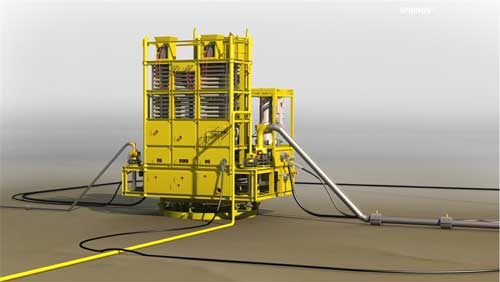 A recently signed agreement will see
A recently signed agreement will see 